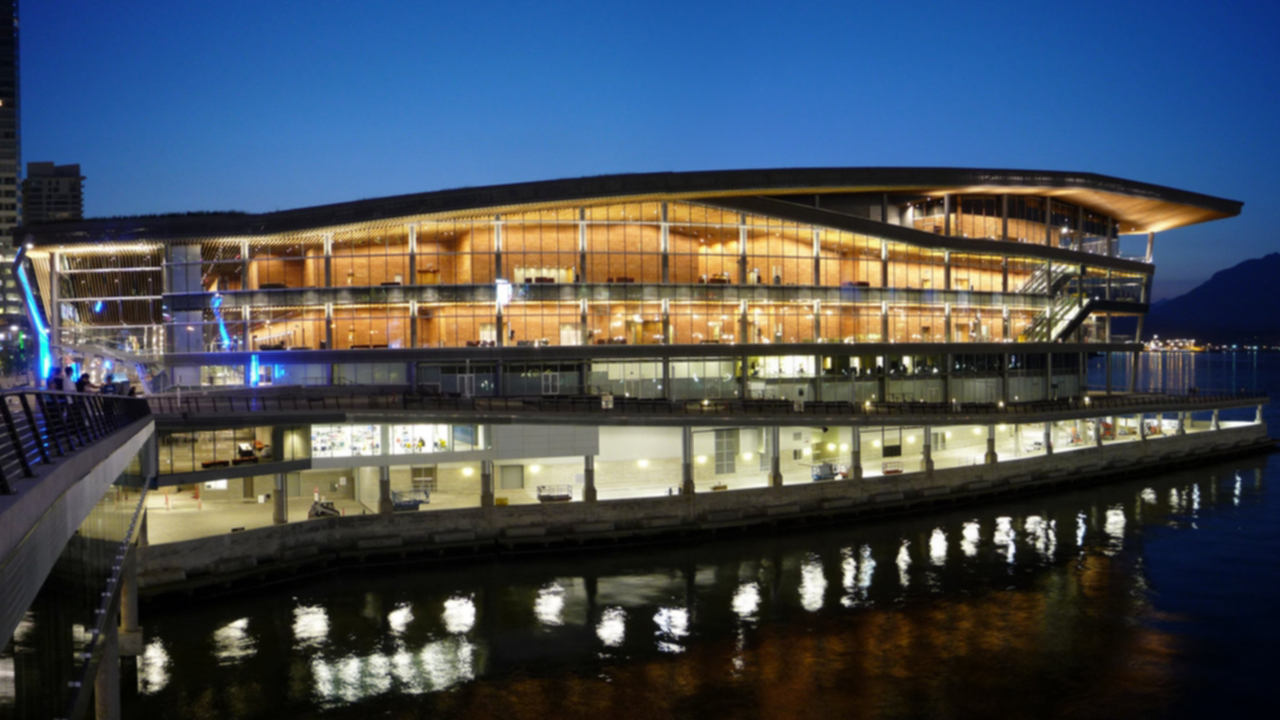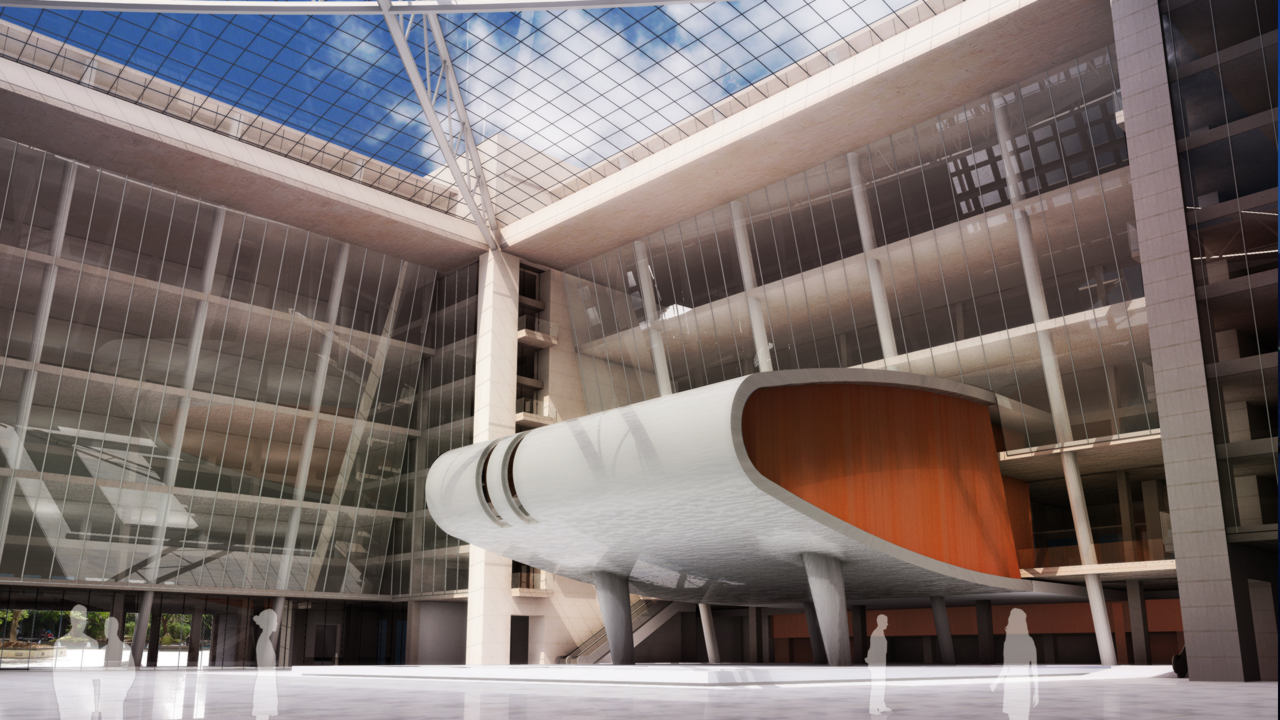19. GREEN BUILDING EFFICIENCY ANALYSIS
The importance of Energy Analysis in building design has grown, but it is still mostly done by simple static calculations or estimates. Accurate dynamic simulation software has been available already for decades, but these tools are still not widely used by practitioners in building projects. The main barrier of wider usage of dynamic Energy Analysis has been the required big manual input work. By utilizing BIM as a data source for Energy Analysis the data input will be more efficient and the existing data more reusable. Only by using BIM, the verification of thermal performance can truly happen in different phases of the building process. This paper describes a new concept and interoperable software environment for management of thermal performance during the whole building life cycle.

Many methods and tools are available to perform an Energy Analysis. Energy modeling is among the most robust. No matter which method is used, it’s important to consider all fuel sources and uses of the building, as well as its intended operating patterns.

The goal is not to model the perfect building but to model a realistic building. The "perfect building” scenario could receive a high 1 – 100 ENERGY STAR score, but may not accurately reflect real-life activity and energy use of the building. It’s better for the design team to use a realistic simulation to gain confidence that the design can achieve Designed to Earn the ENERGY STAR recognition and other goals.
Energy Analysis in building design has to meet both the cost and schedule requirements of practical projects. The main barrier to wider usage of dynamic Energy Analysis methods has been the required big manual input work. Most of the building element-specific information needed in energy simulation are described in the building information model (BIM). By utilizing BIM as a data source for Energy Analysis the data input will be more efficient and the existing data more reusable. It also makes it possible to benefit spatial whole building models instead of zone-based models often used today in energy simulation. Only by using BIM, the verification of energy performance can truly happen in different phases of the building process.

